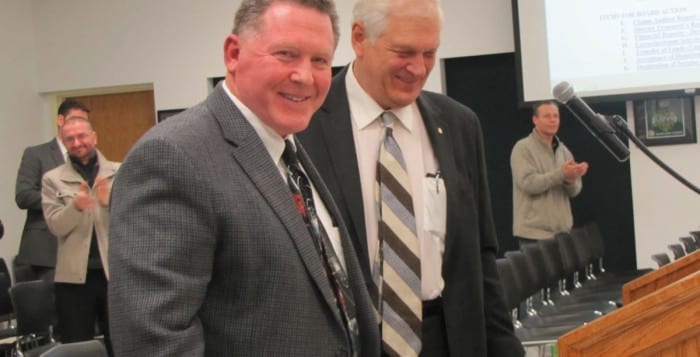By Leah S. Dunaief

Publisher
A couple of my favorite restaurants will only accept payment in cash or check. My doctors’ offices will only take credit cards. Perhaps the next thing is that we’ll have to pay in beads, like the Europeans for Manhattan Island.
Those who only take credit cards explained to me that they are preventing robberies. They put up signs saying, “No cash” to dissuade potential thieves. And I suppose those who only take cash are refusing to share their revenue with the credit card companies. I can understand that, especially if the profit margin of the business is only a couple of percent.
But the swinging back and forth is taking its toll, especially on older consumers, who tend to use only cash and are hardest hit in a cashless situation.
“A Fight to Preserve the Value of Cash,” was an article in The New York Times by Paula Span this past Tuesday that addressed the subject.
“Some no-cash practices date to contagion fears after the outbreak of Covid; others are intended to discourage robberies,” explains the reporter. “But such policies are a disadvantage to several groups, including low-income people who don’t have bank accounts, people who have accounts but don’t qualify for credit or debit cards, the homeless, undocumented immigrants and older adults,” she goes on to say.
Additionally, anyone can have a problem with electronic payments when it comes to paying, which can cause delay and frustration. Natural weather disasters can disrupt electricity and telecommunication networks that fail immediately disconnect a cashless society. Even international thieves can hack bank accounts on the internet. “With cash, a thief has to be within striking distance.”
Another disadvantage of credit cards is that consumers spend more when they are using them because it delays the “pain of paying” until the bill arrives at the end of the month.
And privacy concerns enter into the picture due to “middlemen facilitating digital transactions-credit card companies, banks, the tech giants behind mobile apps-(…) then sell consumers’ data.”
According to Pew Research, only 79 percent of people over 65 have a smartphone, which is often used in cashless systems, compared with 97 percent of those between 30-49. Those over 55 paid in cash 22 percent of the time last year, compared with 12 percent among younger groups, according to the Federal Reserve, as quoted by The NYT.
And according to a federal survey, 85 percent used the internet for financial services in their 20s and 30s, but the percentage drops as the groups age. For people in their 60s, the number becomes 70 percent, for those in their 70s it is 64 percent, and in their 80s, it’s only about half.
Cash is so simple: no buttons, no passwords, no problems other than the possibility of counterfeit bills.
“Older adults are far more likely than younger ones to lose money to tech support fraud, lottery and sweepstakes swindles, and family impersonations”, according to the Federal Trade Commission and cited in The NYT. Losses to investment and romance cons continue to climb, too.
As a result of an experience I had some years ago, before plastic became so prevalent, I could personally attest to a cashless society working, at least for a few days.
On my way out the door to my limo ride, I forgot my wallet. I realized half way to the airport and confessed to the driver. “No problem,” he said. “I take credit cards Do you have one?” Fortunately I did. I then realized that I would depend solely on that card for all my expenses getting to, and from, and while I was at the convention. It was going to be an interesting experiment, I said to myself.
During those four days, I was able to manage quite well with only the card. The future for payments became clear to me.






